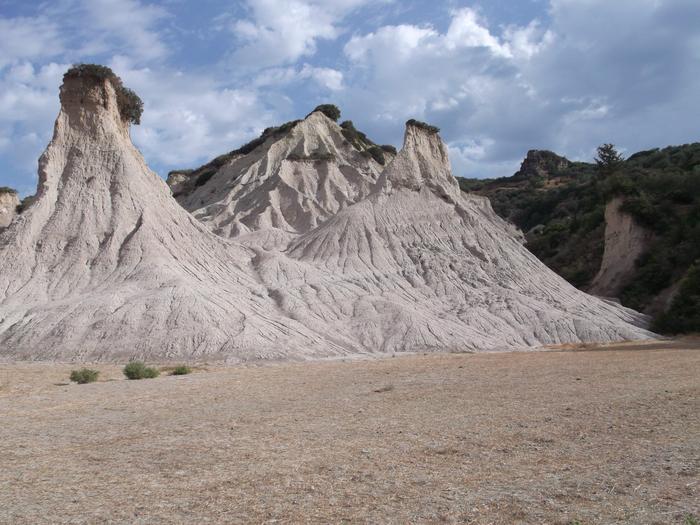New research reveals the devastating impact of ancient salt accumulation on sea life, with implications for understanding modern biodiversity
The Mediterranean Sea, known for its rich marine biodiversity, once faced a crisis that nearly wiped out its ecosystem. A recent study published in the journal Science has uncovered the long-lasting effects of a massive salt buildup that occurred about 5.5 million years ago. This event, known as the Messinian Salinity Crisis, had a far more significant and prolonged impact on marine life than previously thought.
Unraveling the Salt Giant Mystery
The Mediterranean salt giant, a kilometer-thick layer of salt beneath the sea floor, has intrigued scientists since its discovery in the early 1970s. It formed when the Mediterranean Sea became disconnected from the Atlantic Ocean, leading to extreme changes in salinity and temperature.
An international team of 29 researchers from 25 European institutes, led by Konstantina Agiadi from the University of Vienna, has now quantified the loss of biodiversity caused by this ancient crisis. Their findings paint a stark picture of ecological devastation and a surprisingly slow recovery.
Devastating Loss and Slow Recovery
The team’s analysis of fossils spanning from 12 to 3.6 million years ago revealed:
- 67% of marine species in the Mediterranean after the crisis were different from those before.
- Only 86 out of 779 endemic species (11%) survived the dramatic changes in living conditions.
- Biodiversity took more than 1.7 million years to recover to pre-crisis levels.
These statistics highlight the severity of the ecological upheaval. The changes in water conditions and migration pathways disrupted the entire ecosystem, leading to the extinction of many species, including tropical reef-building corals.
“Our study now provides the first statistical analysis of such a major ecological crisis,” explains Konstantina Agiadi. “Furthermore, it also quantifies for the first time the timescales of recovery after a marine environmental crisis, which is actually much longer than expected.”
Why It Matters
This research has significant implications for our understanding of both past and present marine ecosystems:
- It provides insights into how major geological events can reshape biodiversity on a global scale.
- The study offers a model for connecting plate tectonics, ocean formation and destruction, salt accumulation, and marine life that could be applied to other regions.
- Understanding historical recovery patterns can inform predictions about how modern ecosystems might respond to climate change and other environmental stressors.
Daniel García-Castellanos from Geosciences Barcelona (CSIC), the senior author of the study, points out that the results raise new questions: “How and where did 11% of the species survive the salinization of the Mediterranean? How did previous, larger salt formations change the ecosystems and the Earth System?”
These questions will be explored further in the upcoming Cost Action Network “SaltAges,” which will investigate the social, biological, and climatic impacts of salt ages beginning in October.
As we face ongoing environmental challenges, studies like this remind us of the delicate balance in our ecosystems and the potential for long-lasting impacts from major environmental shifts.
Test Your Knowledge
- What percentage of endemic Mediterranean species survived the Messinian Salinity Crisis? a) 67% b) 11% c) 86% d) 33%
- How long did it take for biodiversity to recover after the crisis? a) 500,000 years b) 1 million years c) More than 1.7 million years d) 5.5 million years
- What was the primary cause of the Messinian Salinity Crisis? a) Volcanic eruption b) Asteroid impact c) Disconnection of the Mediterranean from the Atlantic Ocean d) Global warming
Answer Key:
- b) 11%
- c) More than 1.7 million years
- c) Disconnection of the Mediterranean from the Atlantic Ocean



























































